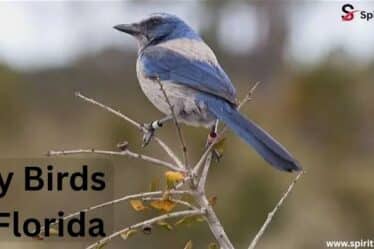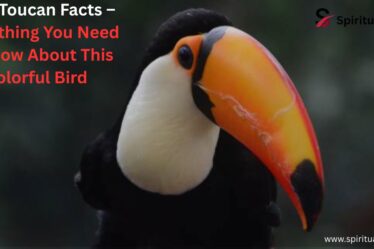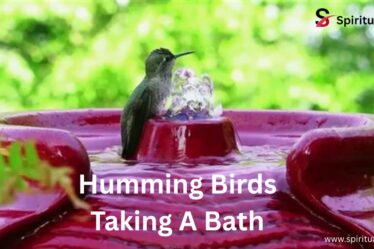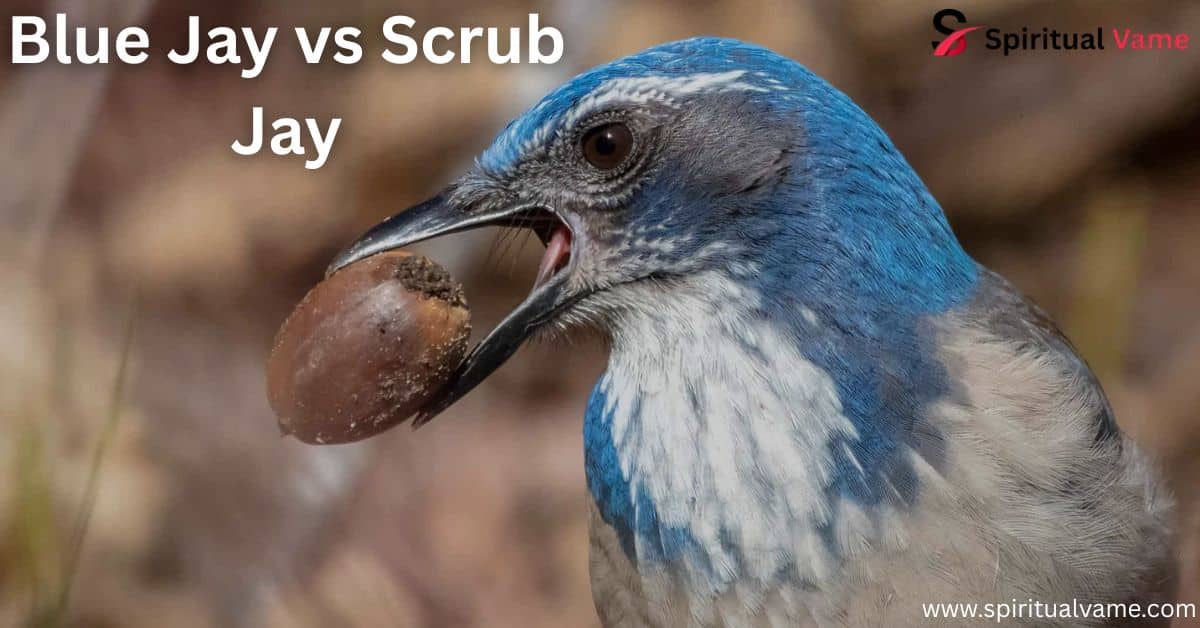
If you’ve ever stopped to admire a bright blue bird in your backyard, chances are you’ve seen either a Blue Jay or a Scrub Jay. Both belong to the Corvidae family, known for intelligent and social birds like crows and ravens. Even though they look similar at a glance, these birds have many differences in their behavior, habitat, and physical features. Understanding the difference between a Blue Jay vs Scrub Jay can help bird watchers and nature lovers identify them more easily, especially across various regions of North America.
These birds are found in different parts of the United States. The Blue Jay, also known by its scientific name Cyanocitta cristata, is common in eastern North America and parts of the central North America. On the other hand, the Scrub Jay, which includes the California Scrub-Jay (Aphelocoma californica) and the Florida Scrub-Jay (Aphelocoma coerulescens), lives mainly in western North America and Florida. Their coloring, behavior, and family life also vary, making each species unique and worth getting to know better.
Blue Jay vs Scrub Jay Key Differences and Similarities
The Blue Jay and Scrub Jay are often mistaken for one another due to their similar blue plumage, but many features set them apart. For one, the Blue Jay has a distinctive crest on its head, while most Scrub Jays do not. This small feature gives the Blue Jay a more pronounced profile. Another key difference lies in their calls and social behavior. Blue Jays are loud, known for their harsh vocalizations and even mimicry of hawks. Scrub Jays, while also noisy, have different call patterns and are more commonly seen in smaller groups or even pairs.
Where they live also tells a story. Blue Jays prefer oak woodlands, suburban neighborhoods, and mixed forests. Scrub Jays, however, are more likely to be found in dry scrublands, xeric oak habitats, and scrubby flatwoods. For instance, the Florida Scrub-Jay is a habitat specialist that lives only in the sandy soils and ancient ridges of Florida, particularly in areas like Marion County, Palm Beach County, and Lake June-in-Winter Scrub State Park. These jays are also endemic, meaning they are found nowhere else.
Side-by-Side Comparison Table
| Feature | Blue Jay | Scrub Jay |
| Scientific Name | Cyanocitta cristata | Aphelocoma californica / Aphelocoma coerulescens |
| Crest | Present | Absent (except Steller’s Jay) |
| Habitat | Eastern/Central North America | Western North America, Florida |
| Social Behavior | Highly social, loud, bold | Territorial, family groups |
| Diet | Omnivorous: acorns, insects, mice, eggs | Omnivorous: insects, lizards, acorns, bird eggs |
| Range | Forests, neighborhoods | Scrublands, deserts, oak scrub |
| Conservation | Least Concern | Some (e.g., Florida Scrub-Jay) Threatened |
1. Physical Characteristics
Blue Jay
The Blue Jay is about 9–12 inches long and has striking coloration. Its feathers are bright blue with black and white accents, and it has a black collar around the neck. What stands out most is its crest, which it can raise or lower depending on its mood. Its tail and wings are marked with white and black bars that give it a dazzling appearance when flying. Cyanocitta cristata also has strong legs and a robust beak that helps it crack acorns and insects.
Scrub Jay
The Scrub Jay is slightly smaller, often 10–11 inches long, and lacks a crest. Its plumage is less flashy but still beautiful, with blue wings and back, a gray belly, and sometimes a white throat. This bird looks slimmer and sleeker than the Blue Jay. One notable type, the Florida Scrub-Jay, has subtle differences and lives in very specific regions like Flagler County and Citrus County. Aphelocoma californica and Aphelocoma coerulescens both show adaptation to drier environments with lighter colors that provide natural camouflage.
Detailed Comparison
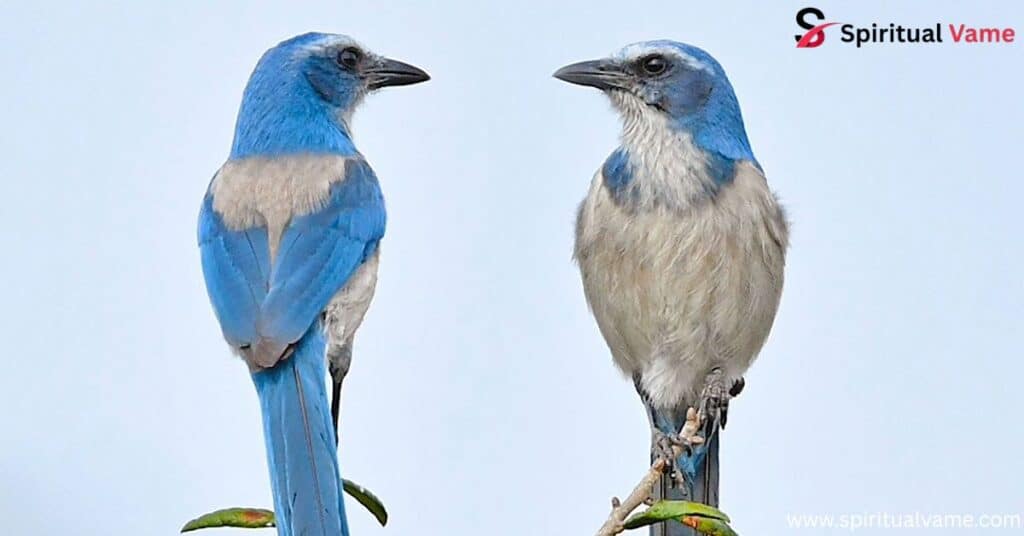
The Blue Jay’s crest makes it easy to spot, and it plays a role in social structure, as jays may raise their crests during alarm calls or confrontations. Scrub Jays have a flatter head and no crest, making their silhouette simpler. Both species have strong feathers for flight and display mimicry skills, although the Blue Jay is more known for this behavior.
Habitat and Range
Blue Jays are common in the eastern North America, thriving in oak woodlands, suburban yards, and forest edges. Scrub Jays stick to western North America, including California, Arizona, and Florida. The Florida Scrub-Jay lives only in specific locations like Oscar Scherer State Park, Jonathan Dickinson State Park, and Allen David Broussard Catfish Creek Preserve State Park, where prescribed fire and habitat management are used to maintain their homes.
Diet and Foraging Habits
Both jays are omnivorous. Their diet includes acorns, insects, lizards, mice, bird eggs, and fruits. They are known for foraging on the ground and caching food to eat later. Blue Jays use their strong beaks to break nuts, while Scrub Jays often bury food in hidden spots, showing impressive problem-solving and memory skills.
Behavior and Social Structure
Blue Jays are bold, loud, and highly social. They often travel in groups and can be aggressive toward other birds. Scrub Jays, on the other hand, are more territorial and live in cooperative breeding systems. In these groups, helpers assist the breeding pair in raising their offspring, protecting the territory, and keeping watch for predators like hawks, snakes, and cats.
Lifespan and Predators
In the wild, both jays live about 7 years, though they can live longer in safe environments. Natural threats include raccoons, fire ants, and vehicle strikes. Environmental challenges such as drought, climate change, and habitat fragmentation also impact survival.
Unique Traits of Blue Jays
One amazing thing about the Blue Jay is its ability to imitate the calls of hawks. This mimicry can confuse other birds and protect feeding areas. Blue Jays also migrate in unpredictable patterns, which scientists still don’t fully understand. Their bright color isn’t due to pigment but rather how their feathers reflect light—a trick of nature’s engineering. They’re considered sentinels in forests because of their alertness and loud warnings.
Unique Traits of Scrub Jays
Scrub Jays are special because of their close-knit family life. In their social structure, helpers—often older siblings—stick around to help the parents raise a new clutch. This cooperative breeding system is rare among birds. The Florida Scrub-Jay is particularly unique due to its non-migratory, sedentary behavior and dependence on very specific habitats. Their entire survival depends on careful land use, making conservation critical.
Conservation Status
The Blue Jay is listed as Least Concern by the IUCN, with stable populations across its range. But the Florida Scrub-Jay is listed as Threatened under the Endangered Species Act. It appears on the Red Watch List due to shrinking habitats caused by development, agriculture, and fire suppression. Organizations like the U.S. Fish and Wildlife Service, Partners In Flight, and the Florida Department of Environmental Protection are actively working to save this species. Support also comes from the Cornell Lab of Ornithology, University of Florida IFAS Extension, and the National Geographic Society, who provide research and education.
Fun Facts About Jays
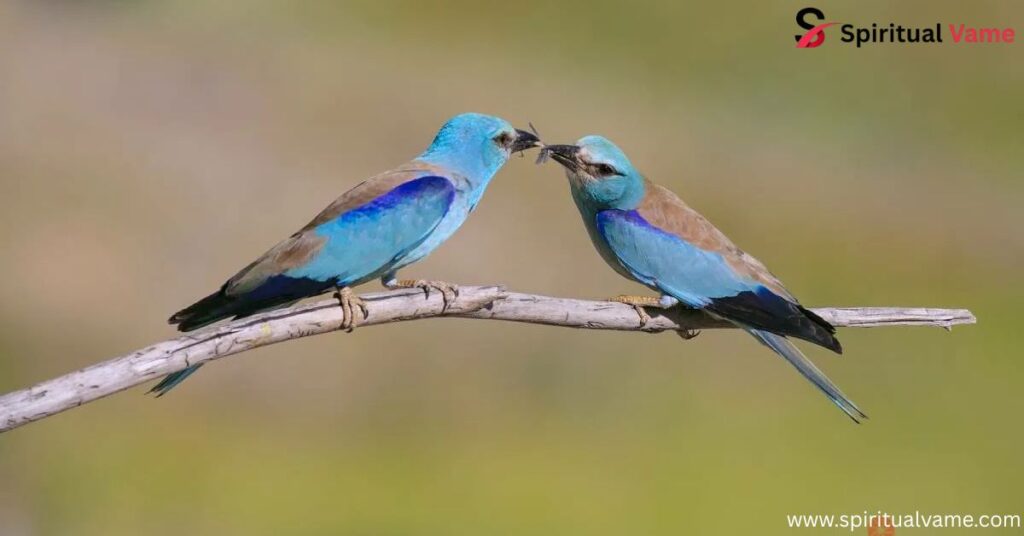
Did you know Blue Jays can imitate human speech and even mimic other bird calls? They’re incredibly intelligent and playful. Scrub Jays are memory champs—they bury thousands of acorns each year and remember exactly where to find them. The Florida Scrub-Jay is Florida’s only endemic bird, meaning it lives nowhere else in the world. Both species belong to the Corvidae family, a group known for clever behavior and social complexity.
Types of Jays You Should Know
Across North America, there are several jay species worth knowing. Besides the Blue Jay and Scrub Jay, there’s the Steller’s Jay, which has a black crest and lives in forests of the western United States. The Pinyon Jay is found in dry pine forests of the southwest. The Canada Jay, also called the “Whiskey Jack,” lives in cold northern forests and is known for its quiet nature. Brightly colored Green Jays show up in South Texas, and Mexican Jays live in Arizona’s mountain ranges. Of course, the Florida Scrub-Jay stands alone as a threatened bird needing specific care. These jays all share traits like problem-solving, territorial instincts, and fascinating social behaviors.
The Blue Jay stands out with its crest and bold personality. It lives in eastern North America, often spotted in backyards and woodlands. It’s clever, noisy, and not afraid to show who’s boss.
California Scrub-Jay
This bird prefers oak scrub and desert areas of the west. It has a vivid blue color, gray chest, and a sharp eye for acorns and insects.
Steller’s Jay
Found along the Rockies and West Coast, this jay has a black head and a piercing call. It’s shy but smart, often hiding food for later.
Pinyon Jay
Lives in the Southwest where pine nuts are everywhere. It forms large flocks and is always on the move.
Canada Jay
Also called the “Whiskey Jack,” this jay lives in northern forests and is quiet, friendly, and cold-hardy.
Green Jay
Bright green and yellow, this bird shows up in South Texas. It’s colorful, rare, and unforgettable.
Mexican Jay
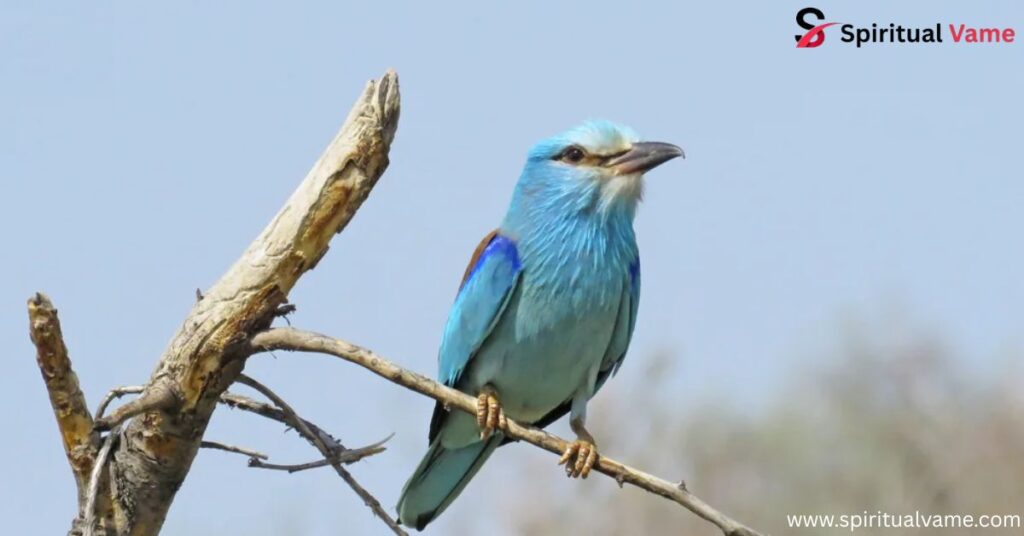
Lives in Arizona’s mountains. It’s soft blue and social, often seen in extended family groups.
Courtesy Jeanne Martin
A nod to bird photographers like Jeanne Martin, who help share stunning images of jays in the wild.
Florida Scrub-Jay
This bird only lives in Florida and is threatened due to shrinking habitat. Protected areas and conservation programs are vital for its future.
Conclusion
When it comes to blue jay vs scrub jay, both birds are smart and full of personality. They may look similar at first, but their differences stand out once you look closer. Blue jays live in eastern and central North America, while scrub jays mostly stay in the West and Florida. Their colors, sounds, and habits make each one special.
In the end, the debate of blue jay vs scrub jay shows how unique each bird really is. Whether it’s their behavior, calls, or habitat, they both shine in their own way. So, next time you see one, remember the fun facts in this blue jay vs scrub jay guide.

